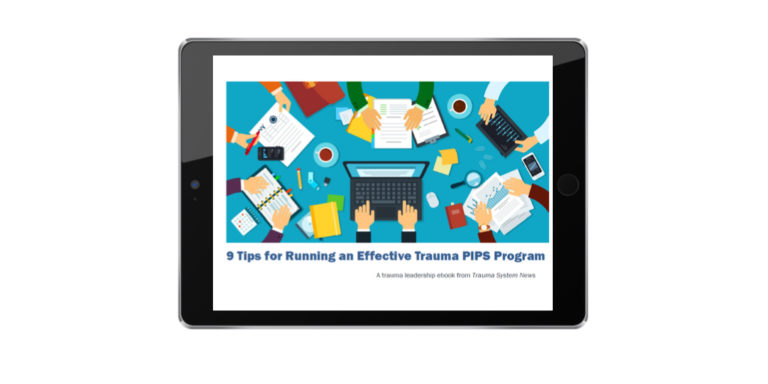How do you establish, build and manage an effective trauma performance improvement and patient safety (PIPS) program? The American College of Surgeons provides detailed program requirements, and other resources supply a good theoretical framework. But according to Michael McGonigal, MD, bridging the gap between theory and practice can be difficult. This free guide for trauma program leaders discusses strategies for:
- Speeding up issue resolution and PIPS loop closure
- Ensuring complete and adequate documentation of PIPS findings and actions
- Developing systems for capturing every trauma patient within the PIPS process
- Tracking open items and organizing program records
- Ensuring adequate and compliant PIPS meeting attendance
- Addressing peer issues fairly and sensitively
- Avoiding the risk of overwhelming your staff
Click the link below to download this resource:
9 Tips for Running an Effective Trauma PIPS Program (PDF)

